Recently I was given the opportunity to dive into an early access build of Overwatch 2’s upcoming Season 4 and try out some of the new features and content expected to arrive on launch, including playtesting of Lifeweaver, the brand new Support hero who has single-handedly stolen the hearts of players around the globe.
Before going into this early access build, I already had a few things to keep in mind. Blizzard has already stated that with the release of Season 4, they plan to implement a few minor changes to the system to allow for a better player experience. These changes include excluding seasonal map pools for more variety in Quick Play and Competitive matches and removing SR Decay, which aims to result in a more enjoyable Competitive play experience in climbing Ranks.
While these changes are nice little tweaks, there’s still the giant mystery regarding season 4 that every Overwatch fan wants to know the answer to: what will Season 4 bring to the table to make it memorable?
Well, a new Hero is a great start. Lifeweaver is the latest addition to Overwatch 2’s Support Hero roster, entering the Hero Gallery as the first Hero from Thailand. While the last three Overwatch 2 hero additions of Sojourn, Kiriko, and Ramattra have all benefited from quite an aggressive play style, Lifeweaver does not fit into this category, instead carrying incredible potential in the technicality and utility of his kit.
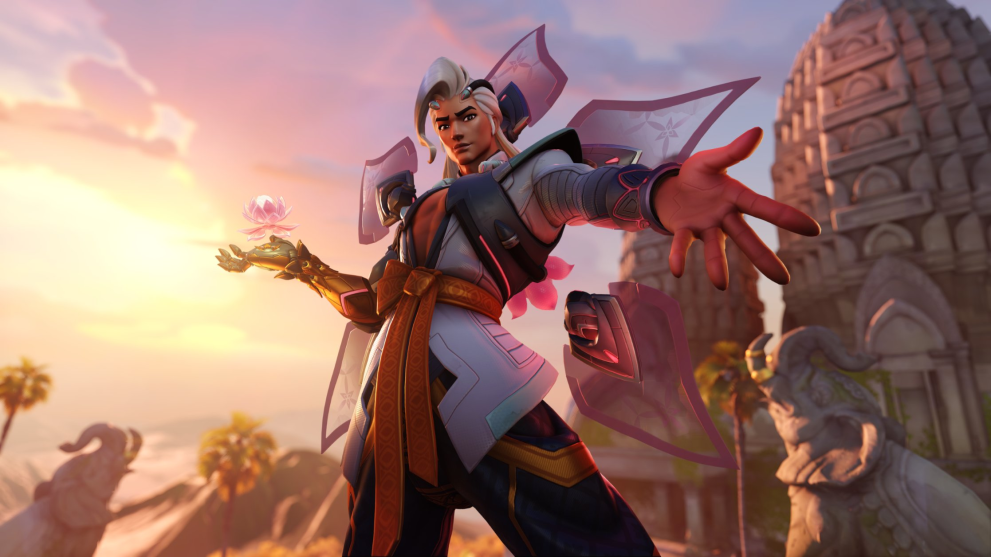
After less than 10 minutes of messing around with his hero kit, I came to the quick conclusion that Lifeweaver has the potential to be one of the strongest Support characters in the game when his abilities are used in harmony with his team. However, this will depend entirely on both the game sense of the individual playing Lifeweaver and the synergy of the team he is being played on. If either of these is off the mark, Lifeweaver could become an uphill battle to operate, especially if the enemy focuses on him and picks him off early in the team fight.
Lifeweaver’s most significant asset by far is his unique abilities, which differ from any other hero in the game. I have included in-depth coverage of these abilities and their potential in my Lifeweaver hands-on impressions piece. Still, for clarity and to refresh your brain, I’ll summarize them quickly below and cover how they feel to navigate and use in-game.
Lifeweaver has two alternate fires bound to his primary fire (left click) button that you can alternate between. The default fire of these to is his Healing Blossom, providing a charge of burst healing between 10-65 HP, depending on how long you hold the click down. This ability can be used in decent repetition to provide steady heals to your team, with a short delay between bursts. However, the most notable benefit from Lifeweaver’s healing is that it is a lock-on projectile, which will float to your teammate upon release from quite a decent distance away.
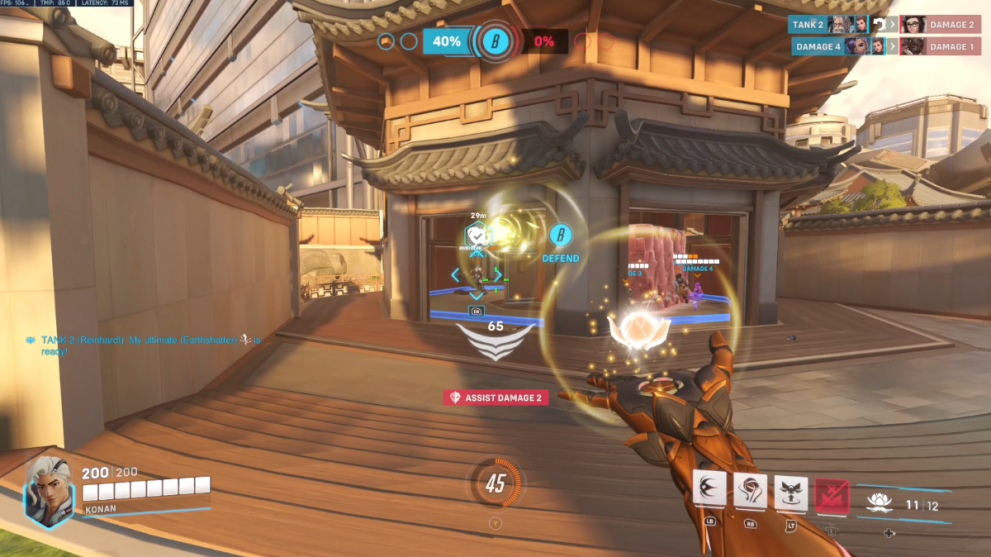
This means that Lifeweaver can take aim on a target, release his heal, and then if that ally target walks out of line-of-sight, behind a wall for example, that heal will still float to them. As a Support that isn’t super aim-dependent, Lifeweaver can provide some crucial extra bursts of HP to his team that other Supports may not be able to without a line of sight.
Thorn Volley is the second ability bound to his primary fire, which releases a spread of projectile to damage on release. When holding this ability down, the fire rate and spread can be somewhat compared to Ramattra’s primary fire, which deals 112 damage per second. While Lifeweaver isn’t built to focus on dealing damage, this enables him to help finish off enemies at the end of a team fight, and with resistance against his vulnerability to being picked off by dive heroes or flankers.
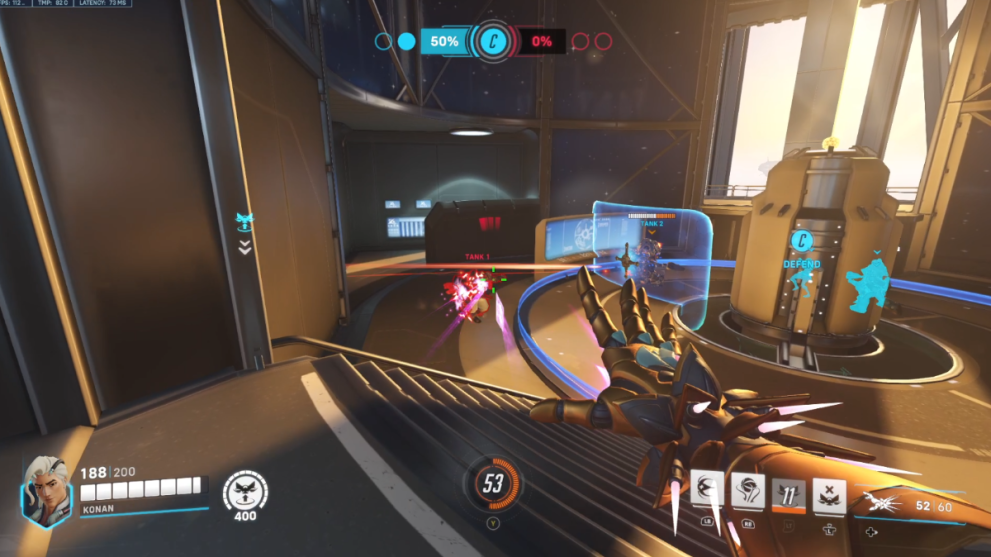
Petal Platform allows Lifeweaver to create a temporary elevator to lift himself, an ally, or an opponent in the air. This ability has endless possibilities, as it can reach the high ground or provide a better line of sight to your allies for ultimates such as Deadeye or Tactical Visor. Petal Platform can also disrupt enemy ultimates, such as Orisa’s Terra Surge, and save your team from the effects and damage they would have otherwise suffered.
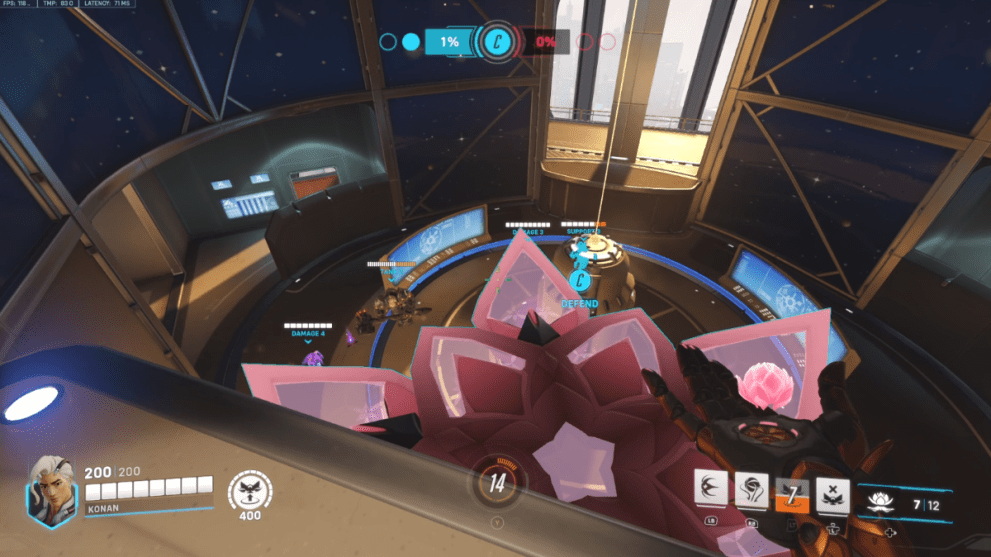
Rejuvenating Dash propels Lifeweaver forward in a small burst of movement while regenerating a small portion of HP. Parting Gift provides a passive ability that leaves a small flower behind when Lifeweaver dies. An enemy or ally can pick up this flower for a small burst of healing, which further cements the importance of positioning on Lifeweaver.
Life Grip enables him to pull an ally back to Lifeweaver’s position. This allows you to get your teammates out of risky situations and back to your side for healing. I have concerns about the potential misuse of this ability to hurt your team purposefully. However, it’s undeniable that when used successfully, Life Grip will enable some big plays and practical escapes to regroup with your team.
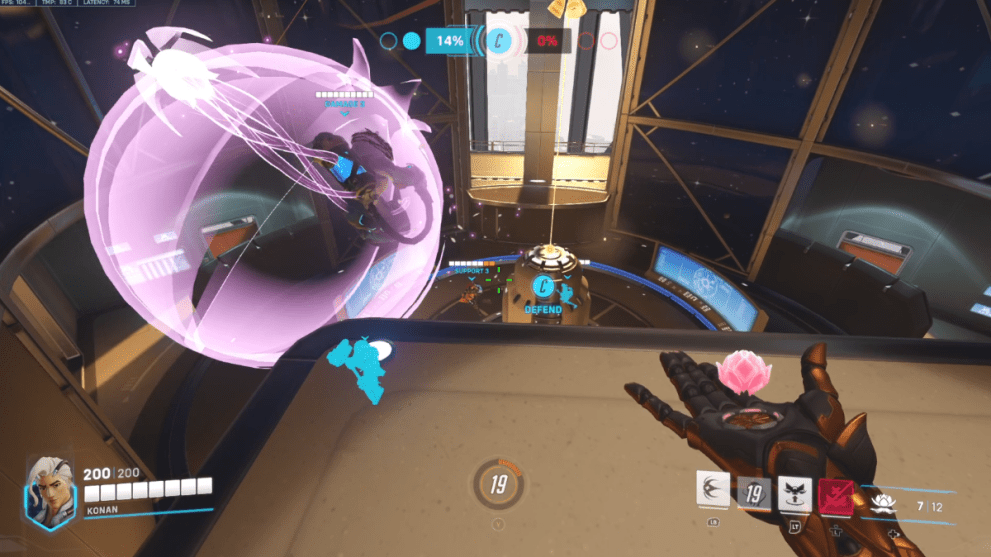
Lifeweaver’s Ultimate ability, Tree of Life, is pretty sturdy as far as Support ults go. Upon casting, Tree of Life will give your team an initial burst of healing and an additional burst in timed waves for roughly eight seconds.
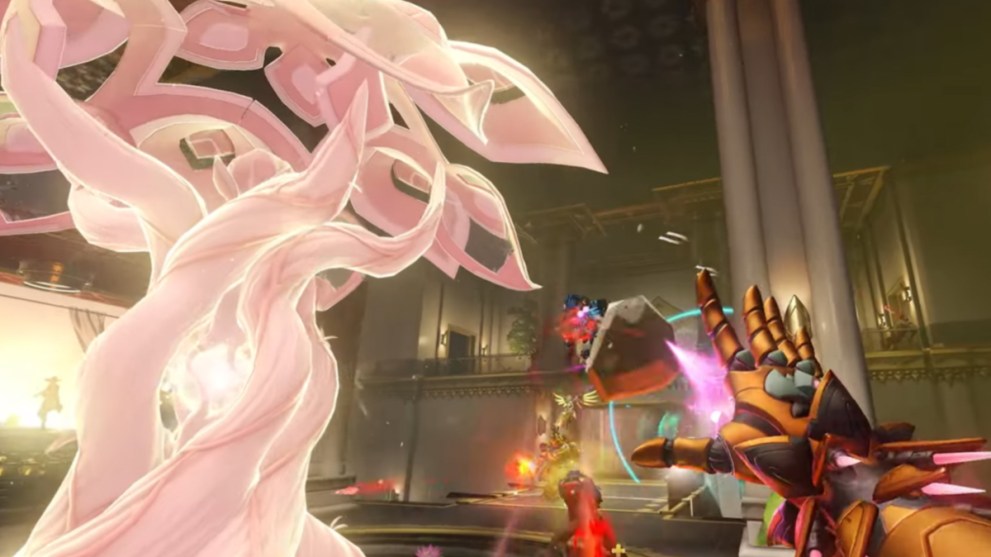
Lifeweaver relies heavily on positioning and communication with his team to be the most efficient in terms of a Support pick, which will be critical pointers to keep in mind for anyone looking to pick him up and learn once he releases in Season 4. If you make the mistake of mismanaging the use of your abilities and the timings of their cooldowns or step out of line and play too aggressively, it will be pretty easy for the enemy team to punish you.
Despite the weaknesses Lifeweaver may carry, the utility of his kit and potential for solid combinations and enabling your teammates more than makes up for this. The biggest threat in Lifeweaver, based on how it felt to play him in the Season 4 Early Access, is not any major counter pick or enemy threat, but instead the potential of a player who opts to misuse his abilities to throw the game, hurting their team instead of enabling them with the likes of Petal Platform and Life Grip.
Despite these lingering possibilities, Lifeweaver is a unique addition to the roster that begins to highlight the true capabilities of a Support Hero, and he will fit nicely into several different team compositions.
While Lifeweaver may have been the main priority in the Season 4 Early Access, he wasn’t the only piece of new content I managed to catch a glimpse of. On top of the highly-anticipated Thai hero, I also enjoyed discovering and exploring two new maps that will likely be added in Season 4’s launch on April 11, 2023.
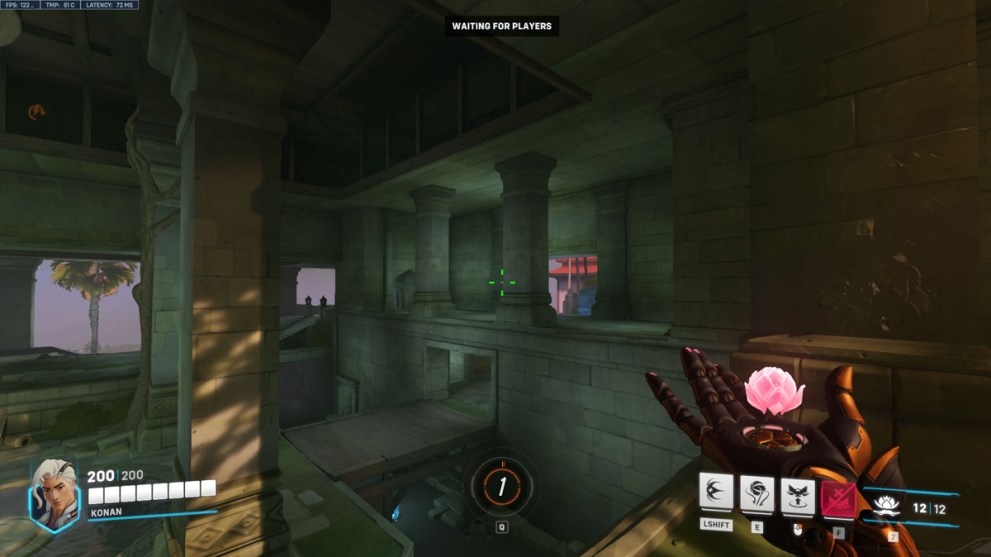
The first of these maps is Ayutthaya, a brand new capture the flag map. This map seems to link to Lifeweaver, featuring a Thailand-inspired jungle temple location. The map features a temple divided into two spawn rooms with multiple surface levels. This temple overlooks a gorgeous jungle scenery that instills feelings of peace among the chaos of Capture the Flag.
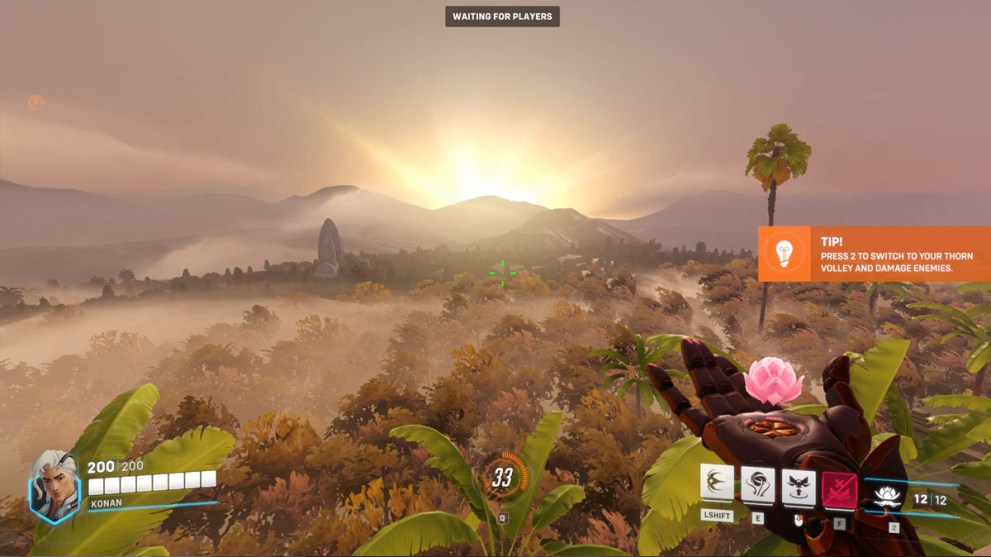
At first thought, I immediately assumed that it could be a special place for Lifeweaver or where he spent time growing up. Unfortunately, despite trying to trigger voice lines or pieces of information, I couldn’t find any evidence to prove this theory thus far. The release of his Origin story also points towards him growing up within Vishkar Corporation, so that crosses out one theory. However, I found a super cute elephant statue which immediately became my favorite map feature.
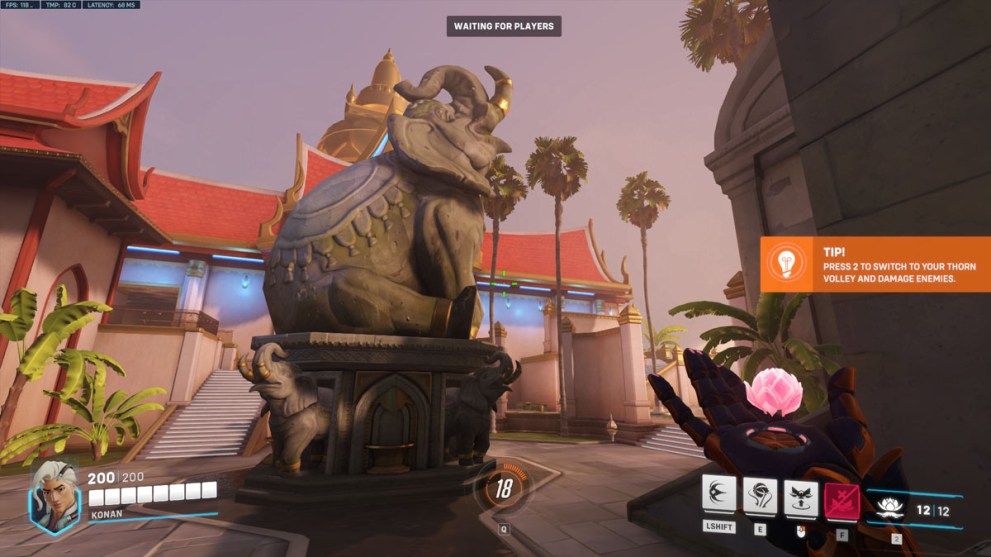
While I suspect Ayutthaya has a link to Lifeweaver, nothing has yet been confirmed. However, I expect we’ll all receive more hints regarding a connection between the two once the official Season 4 trailer drops on April 7.
With that gorgeous Capture the Flag map out of the way, I’ll move on to something far more odd, amusing, and interesting. The second map I discovered and jumped in to explore is titled Talantis, which features a geometric-shaped landscape with a very fishy aesthetic.
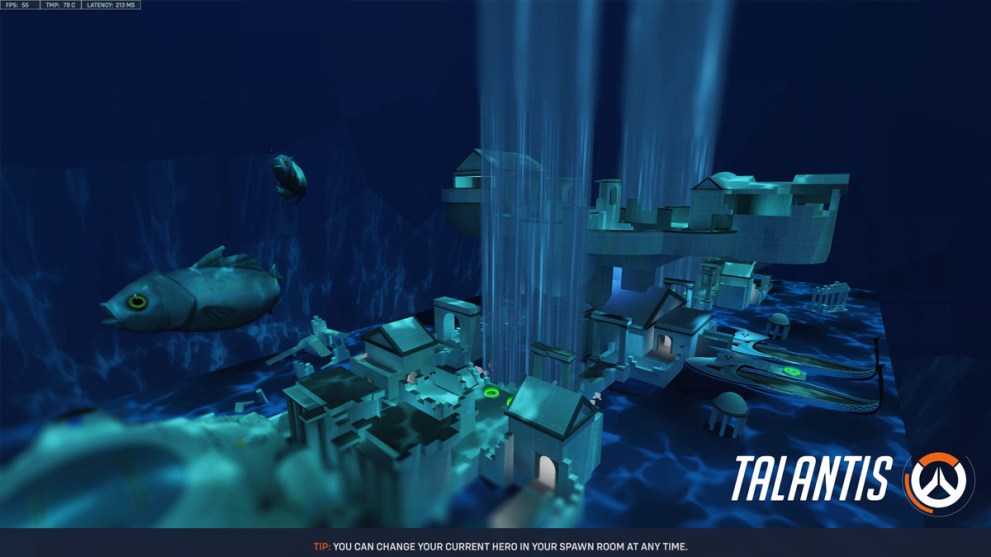
Talantis is a Control Point map resembling the Lost City of Atlantis. Upon loading into this map, I was unsure if this version of the map was complete, as it may be missing some final effects and textures. On top of this, when I loaded some bots into the map to run around, they were clueless about where they were supposed to head and opted to stay in the spawn room instead.

However, this didn’t stop me from setting foot on Talantis, so I headed out to see what I could find. At first glance, I found Talantis much like a labyrinth – confusing and easy to get lost in. Now, mobility heroes such as Pharah, Wrecking Ball, Winston, and Lucio will have a potential advantage in navigating this map, as they will be able to travel to any portion of it at will, using their abilities. However, anyone else lacking mobility will get from one section of the map to another by utilizing green jump pads, similar to the ones found in Deathmatch/Skirmish maps, such as Petra and Malevento.
When you reach the capture point, there are a few strange, circular sections. Based on a timer, I quickly discovered that these open up as trap doors. I’ll warn you now; no, those don’t take you to the bottom level of the map. Yes, If you jump or fall down them, you will die. I found that one out myself the hard way.
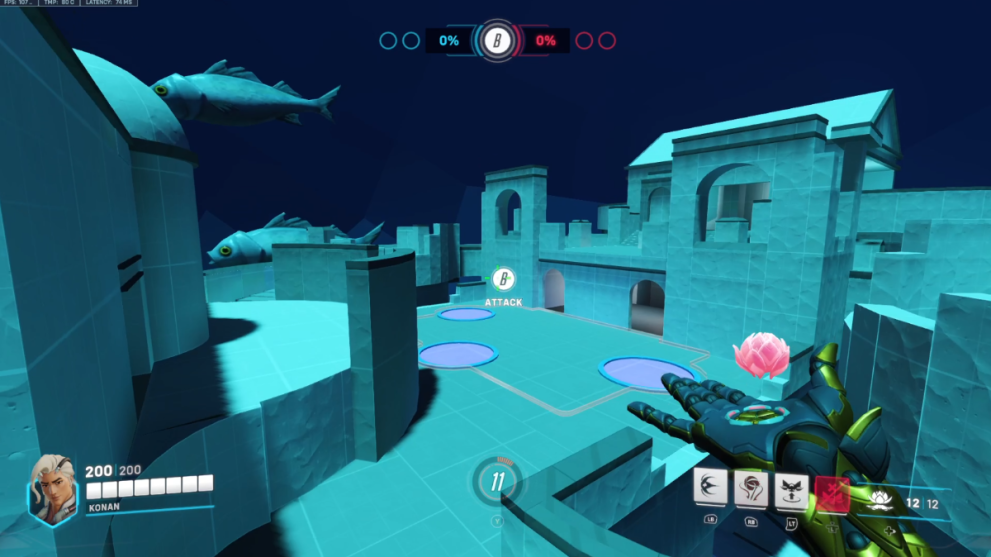
And all of you Lucio, Ball, Brig, and Pharah mains, yes, they do provide the perfect opportunity to score some sick environmental kills. It’s like having multiple mini Ilios Wells in the middle of the control point – every boop enthusiast’s dream comes true here.
That summarizes my experience with the Overwatch 2 Season 4 Early Access build. I can assure all of you Overwatch fans that this season seems to be taking a quirky, unique turn in terms of additions to the game and that there’s plenty to look forward to discovering and learning with the sneak peek of new content that I got to experience.
Be sure to check out the rest of our content here at Twinfinite, as we will be covering everything else you need to know about Lifeweaver, the new Overwatch maps, everything new in Season 4, and general tips and tricks to help you jump into the upcoming season with confidence.
